The Cathars are among the great burn victims of history. Their beliefs were an early  form of Christianity originating in the East, and opposed a dogmatic, coercive Catholic Church. They were exterminated by burning at the stake on huge pyres. Catharism designates a religious movement of Christian origin dating from the late 12th century. Its followers were particularly numerous in Occitania, southern France. The Cathar vision of the universe was dualist: light and the spirit, good, confronting matter and darkness, evil. This belief led them to follow an ascetic way of life. Considered as heretics, the Cathars were decimated by the the Albigensian crusade, initiated by Pope Innocent III. The most well-known burnings were those of Minerve in 1208 and Montségur in 1244. So why so much brutality by the Catholic Church?
form of Christianity originating in the East, and opposed a dogmatic, coercive Catholic Church. They were exterminated by burning at the stake on huge pyres. Catharism designates a religious movement of Christian origin dating from the late 12th century. Its followers were particularly numerous in Occitania, southern France. The Cathar vision of the universe was dualist: light and the spirit, good, confronting matter and darkness, evil. This belief led them to follow an ascetic way of life. Considered as heretics, the Cathars were decimated by the the Albigensian crusade, initiated by Pope Innocent III. The most well-known burnings were those of Minerve in 1208 and Montségur in 1244. So why so much brutality by the Catholic Church?
The Cathar theology was essentially Gnostic in nature. The gnostics were religious 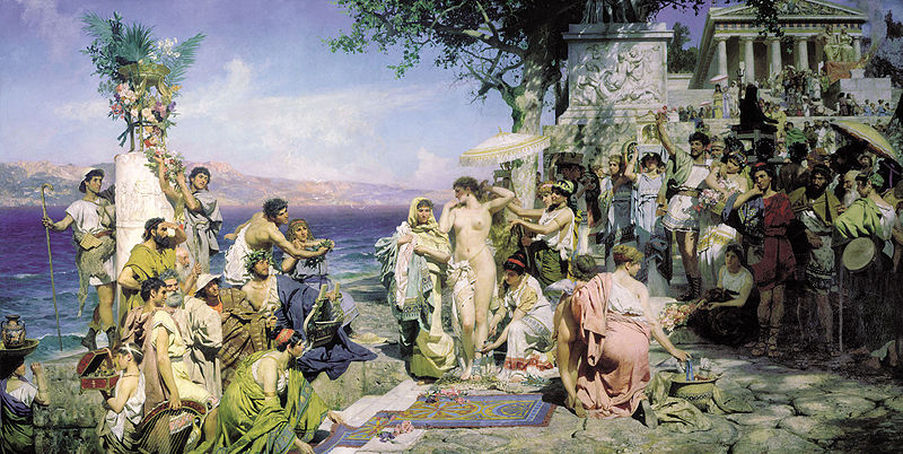 mystics who proclaimed gnosis, knowledge, as the way of salvation. To know oneself truly allowed gnostic men and women to know god directly, without any need for the mediation of rabbis, priests, bishops, or other religious officials.
mystics who proclaimed gnosis, knowledge, as the way of salvation. To know oneself truly allowed gnostic men and women to know god directly, without any need for the mediation of rabbis, priests, bishops, or other religious officials.
Cathar practices were often in direct contradiction to how the Catholic Church conducted business, especially with regards to the issues of poverty and the moral character of priests. The so-called Cathar  heresy was a major challenge to the Roman Catholic Church in the 12th century. Heresy is a belief or opinion contrary to orthodox religious doctrine in the Christian religion. The English word heresy comes from the Greek word hairesis, which meant “school of thought,” “sect,” or “faction.” It originally did not have negative connotation. I would be considered a heretic today because my beliefs are contrary to the Christians beliefs.
heresy was a major challenge to the Roman Catholic Church in the 12th century. Heresy is a belief or opinion contrary to orthodox religious doctrine in the Christian religion. The English word heresy comes from the Greek word hairesis, which meant “school of thought,” “sect,” or “faction.” It originally did not have negative connotation. I would be considered a heretic today because my beliefs are contrary to the Christians beliefs.
Cathar beliefs included recognition of the feminine principle of the divine. God was both man and woman with the female aspect of God was Sophia, “wisdom” encouraged 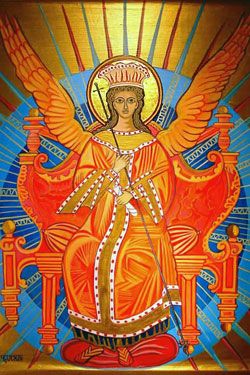 equality of the sexes in Cathar communities. Gnostics also sought knowledge and wisdom from many different sources, and they accepted insight wherever it could be found. Like those who came before them, they embraced a personified wisdom, Sophia, understood variously and taken as the manifestation of divine insight.
equality of the sexes in Cathar communities. Gnostics also sought knowledge and wisdom from many different sources, and they accepted insight wherever it could be found. Like those who came before them, they embraced a personified wisdom, Sophia, understood variously and taken as the manifestation of divine insight.
Cathars also believed in Reincarnation. A soul would be continually reborn until it renounced the world completely and escaped incarnation.
The also believed in Cosmic Duality, meaning the the existence of two powerful deities in the universe, one good and one evil, positive and negative, who were in a constant in conflict. The purpose of life was to serve 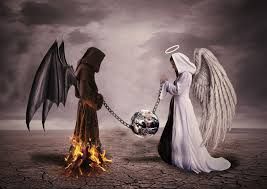 the good by serving others and escape from the cycle of rebirth and death to return home to God, much like the Gnostics.
the good by serving others and escape from the cycle of rebirth and death to return home to God, much like the Gnostics.
The cathars were also vegetarians and everyone worked and believed in manual labor including their priest. Celibacy was also encouraged generally since it was thought that every person born was just another poor soul trapped by the devil in a body. Marriage overall was discouraged.
The only books of the New Testament they accepted were the gospels, completely rejecting the epistles of Paul and the others, with a special emphasis on the Gospel According to John.
The Cathars lived in communities which varied in size from 60 to 600 individuals. They 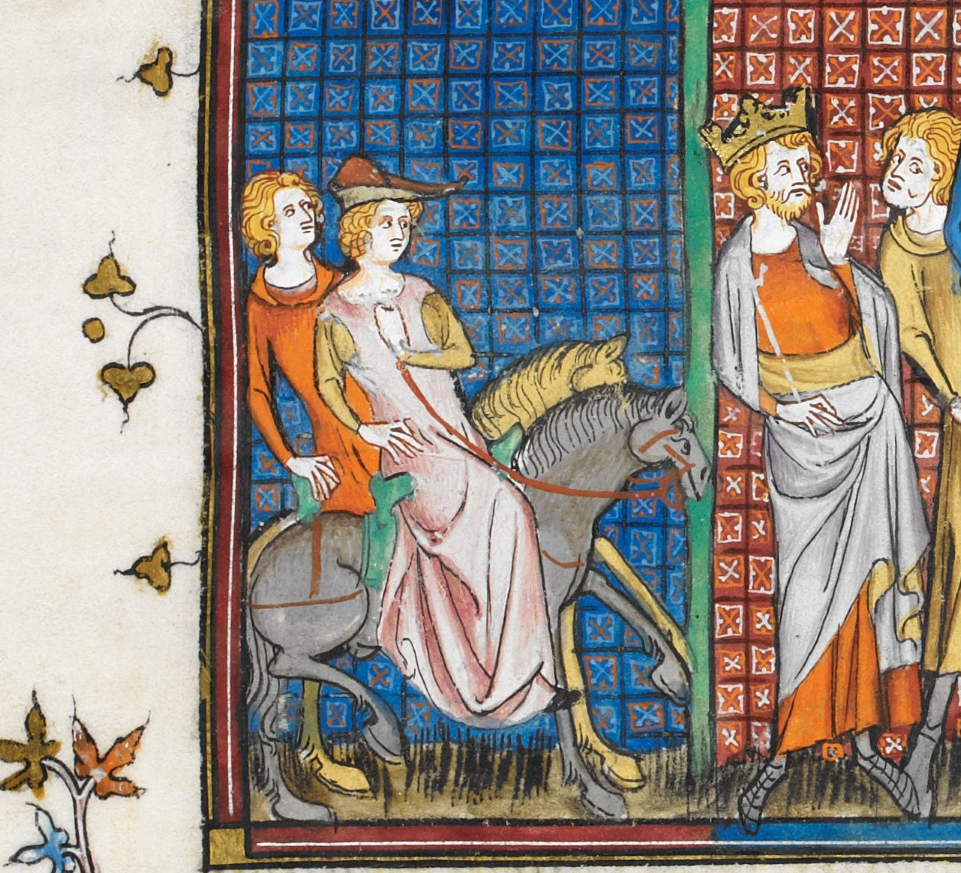 appear in small numbers in records from the 1140’s CE in France, but by 1167 CE, there were enough communities in the region to require an assembly to set rules and boundaries. They were non-violence, forbidden to kill, to make war, to lie and to swear. Life was purely spiritual and the body was totally despised. Within the church, a hierarchy existed between two categories of the faithful. The had followers or believers. The priests or preaching brothers were known as Parfaits, Perfecti, the perfect ones, or “bonshommes”, good men, good women. They wore a hooded black robe girded at the waist and the men were often bearded. They preached disobedience to the Roman clergy.
appear in small numbers in records from the 1140’s CE in France, but by 1167 CE, there were enough communities in the region to require an assembly to set rules and boundaries. They were non-violence, forbidden to kill, to make war, to lie and to swear. Life was purely spiritual and the body was totally despised. Within the church, a hierarchy existed between two categories of the faithful. The had followers or believers. The priests or preaching brothers were known as Parfaits, Perfecti, the perfect ones, or “bonshommes”, good men, good women. They wore a hooded black robe girded at the waist and the men were often bearded. They preached disobedience to the Roman clergy.
 Because of this and their doctrines, Cathars were regarded as heretics. Methods of execution according to the situation and the crime. Robbers were punished by hanging, while noblemen were beheaded by the sword and the common people by the axe. Death by stoning was the punishment for adultery. Punishment by fire could also take the form of roasting to death and burning on a gridiron. But death by burning at the stake, an ancient tradition, was reserved for heretics. Punishment by fire was already used in earlier times, before Jesus Christ, and ranked high among the violent methods of execution. But it was in the Middle
Because of this and their doctrines, Cathars were regarded as heretics. Methods of execution according to the situation and the crime. Robbers were punished by hanging, while noblemen were beheaded by the sword and the common people by the axe. Death by stoning was the punishment for adultery. Punishment by fire could also take the form of roasting to death and burning on a gridiron. But death by burning at the stake, an ancient tradition, was reserved for heretics. Punishment by fire was already used in earlier times, before Jesus Christ, and ranked high among the violent methods of execution. But it was in the Middle Ages, with the Inquisition, that widespread use was made of the great bonfires which made it possible to eliminate the Cathars “en masse”.
Ages, with the Inquisition, that widespread use was made of the great bonfires which made it possible to eliminate the Cathars “en masse”.
Because the Cathars were heretics, they had to be burnt. The smallest trace of “sin” had to be extirpated, the corrupt body had to be destroyed and evil exorcised in the flames. Even corpses were disinterred and burnt if the deceased were suspected of being a heretics. Burning inflicted a double punishment, both temporal and spiritual, since the Cathar church considered that burial of a body was a necessary condition for resurrection.
In 1208 CE, Pope Innocent III sent the lawyer-monk Pierre de Castelnau to Southern France to enlist the aid of Raymond VI, Count of Toulouse in suppressing the heresy by murder. According to Church documents, 20,000 heretics were slaughtered in and  around Beziers and the town burned to the ground, majority being women and children.
around Beziers and the town burned to the ground, majority being women and children.
Reformation was fuelled by the preserved ideas of the Cathars and their fellow “heretics. As an organized religious sect, Catharism was eliminated during the churches purge of heretics in Southern France but continued as a living faith. There are even Cathars alive today, or at least people claiming to be modern Cathars. Reformers seem to have known things that the Cathars knew, and even today, some Protestant Churches claim a Cathar heritage.
Catharism may have been the survival of Gnosticism, the most fascinating and perplexing phenomena in Western religious history. Orthodox Christianity also tried to 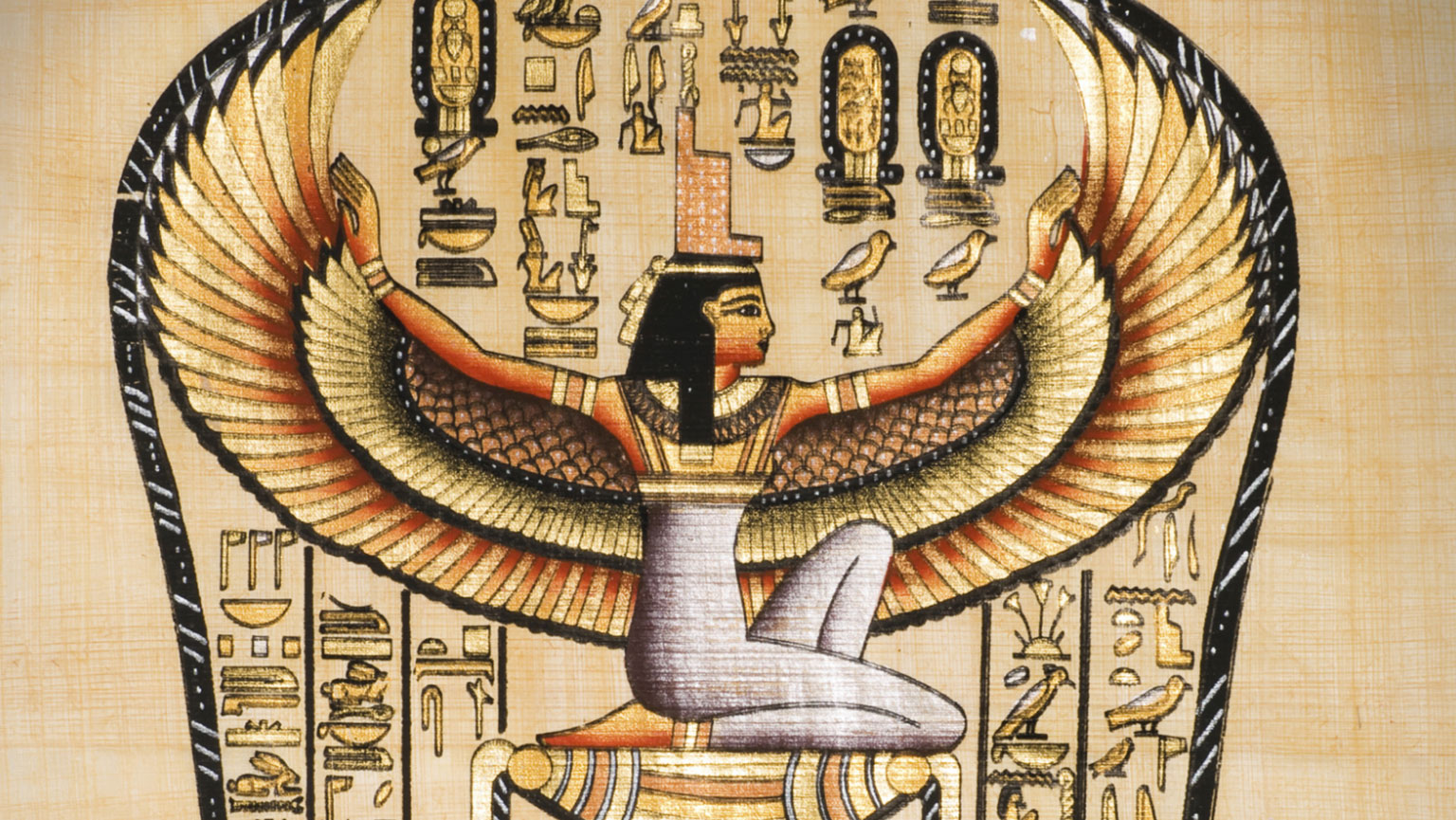 eliminate the Gnostics as heretics as well. Because scholars had to depend on writings of opponents of the Gnostics and other so-called heretical groups, there was no real understanding of their beliefs. However in 1945, one of the greatest discoveries of the century was made when a collection of thirteen ancient books, called “codices”, containing over fifty texts was found in caves. A large number Gnostic texts were found and thought to have been entirely destroyed during the early Christian struggle to define “orthodoxy” in the 2nd and 3rd centuries.
eliminate the Gnostics as heretics as well. Because scholars had to depend on writings of opponents of the Gnostics and other so-called heretical groups, there was no real understanding of their beliefs. However in 1945, one of the greatest discoveries of the century was made when a collection of thirteen ancient books, called “codices”, containing over fifty texts was found in caves. A large number Gnostic texts were found and thought to have been entirely destroyed during the early Christian struggle to define “orthodoxy” in the 2nd and 3rd centuries.
One discovery was the Gospel of Thomas, 114 Secret sayings of Jesus. Many of the saying can be found in the New testament and many others are very Gnostic in nature. The first saying Jesus tells us, “Whoever finds the meaning of these words will not taste death.”
Perhaps this is what the church was concerned about. To truly find God we do not need the church but look within as Jesus was trying to tell us in Saying three: If those who lead you say to you: See, the kingdom is in heaven, then the birds of the heaven will go before you; if they say to you: It is in the sea, then the fish will go before you. But the kingdom is within you, and it is outside of you. When you know yourselves, then you will be known, and you will know that you are the sons of the living Father. But if you do not know yourselves, then you are in poverty, and you are poverty.
